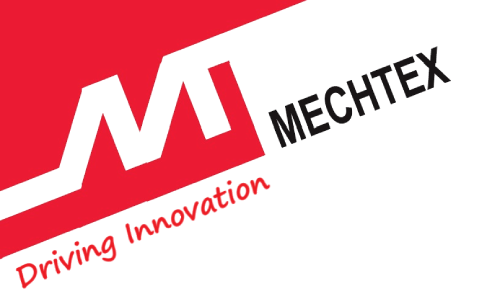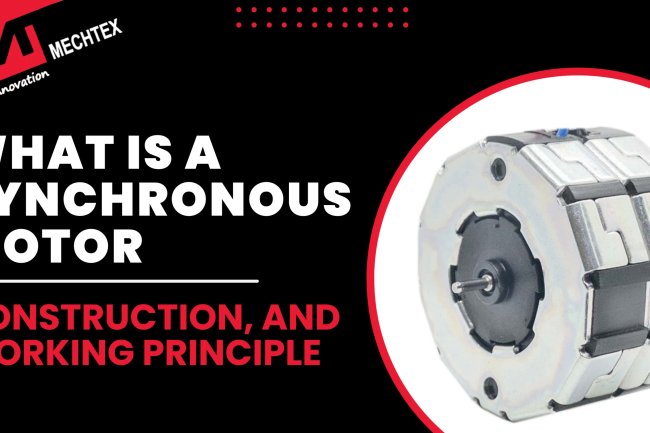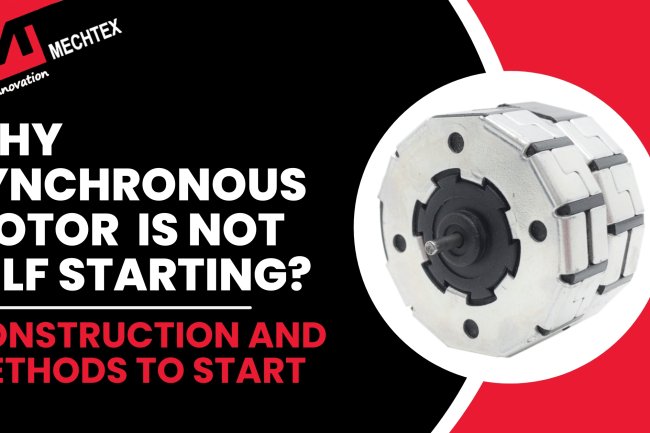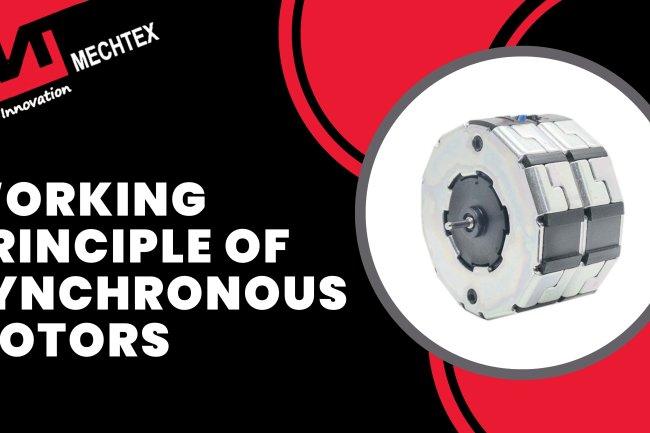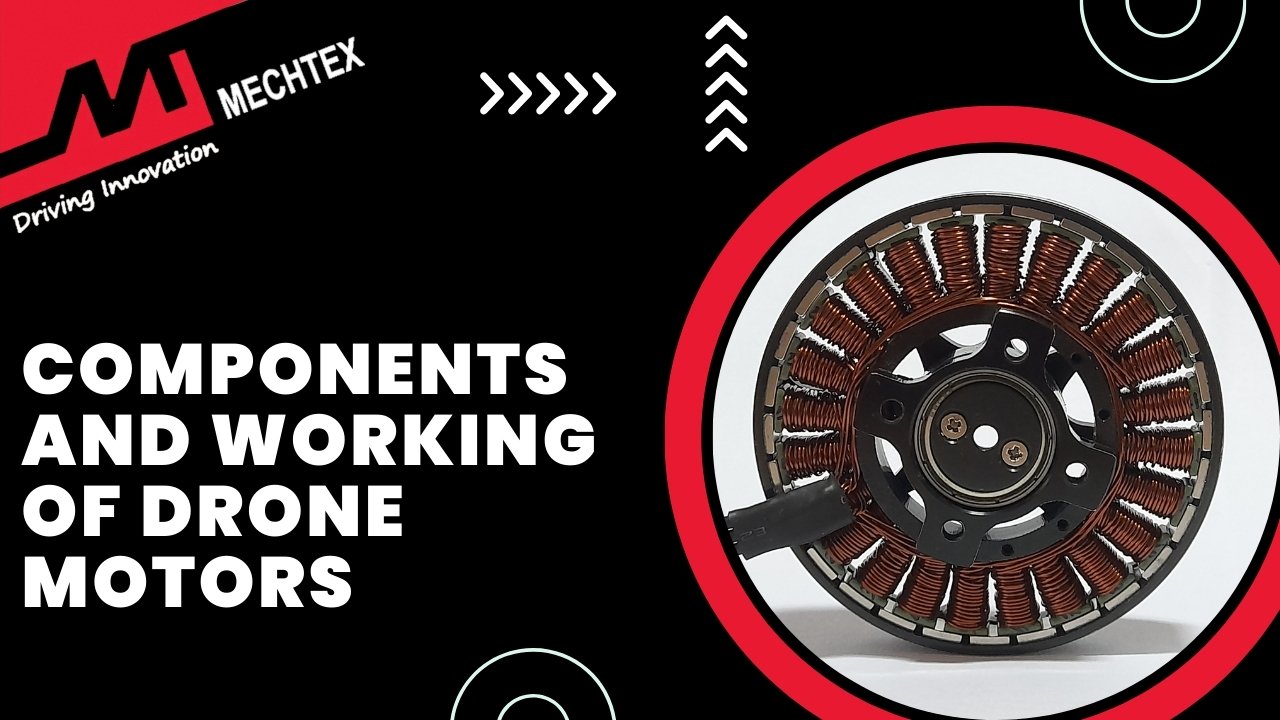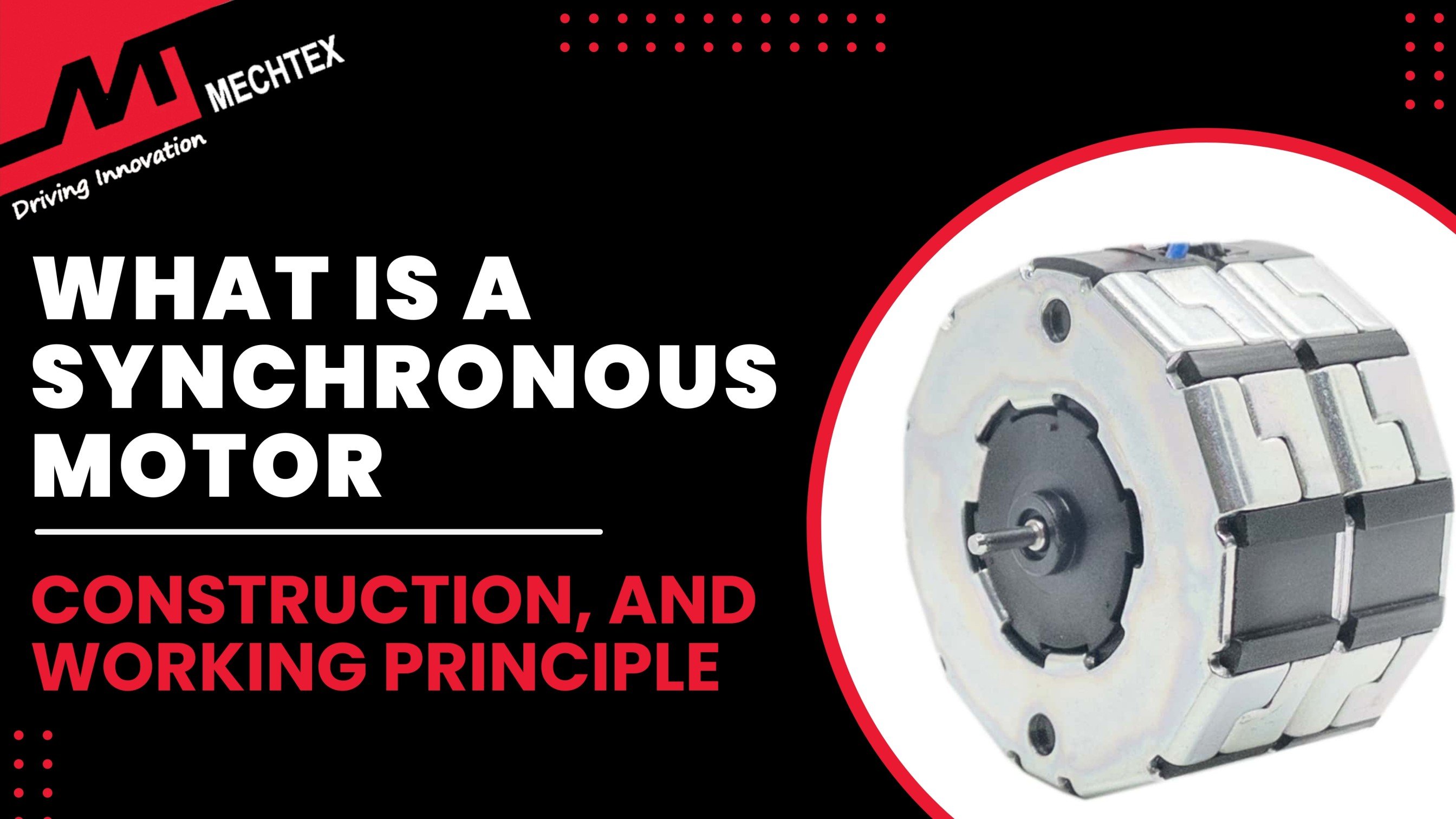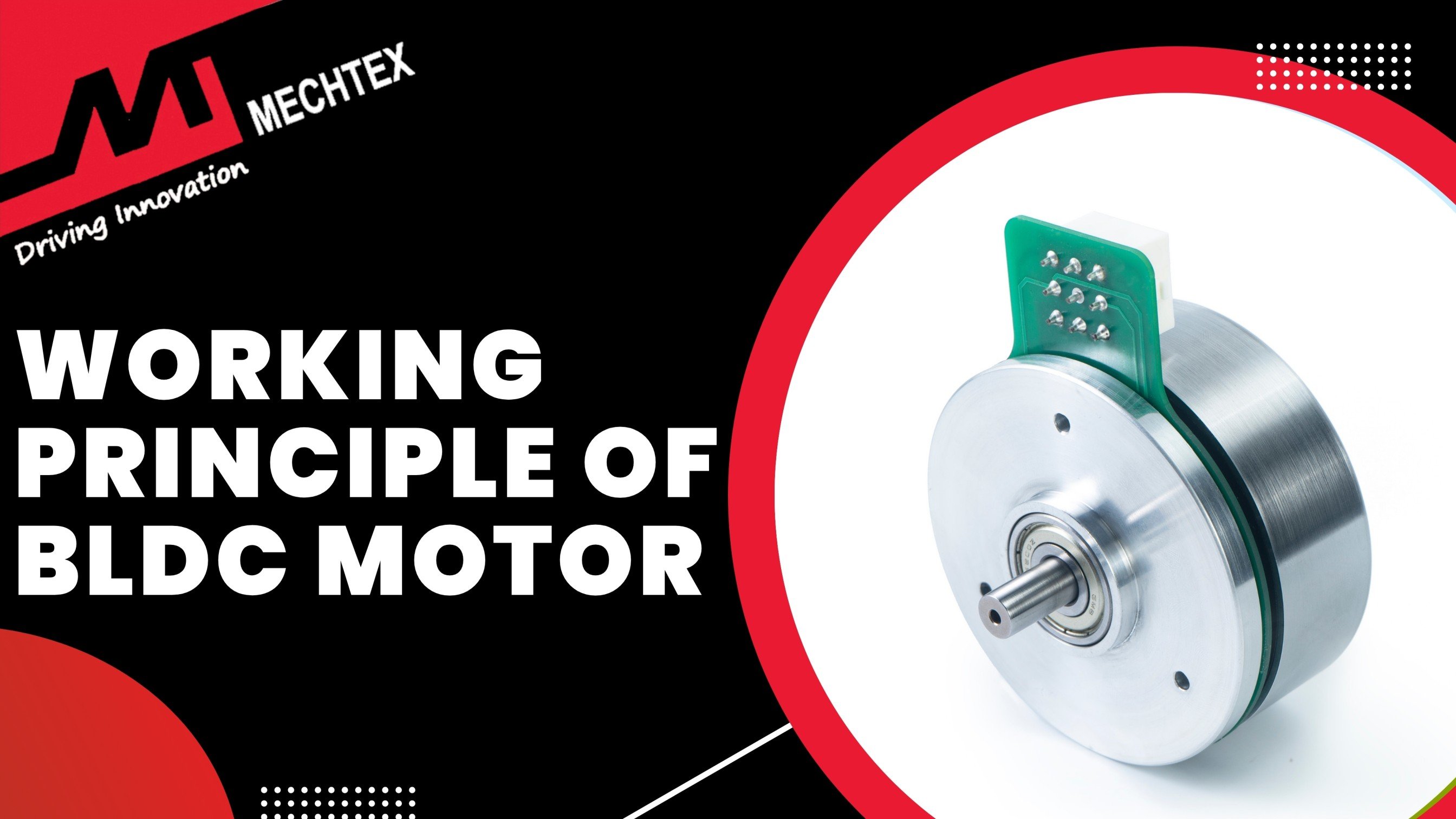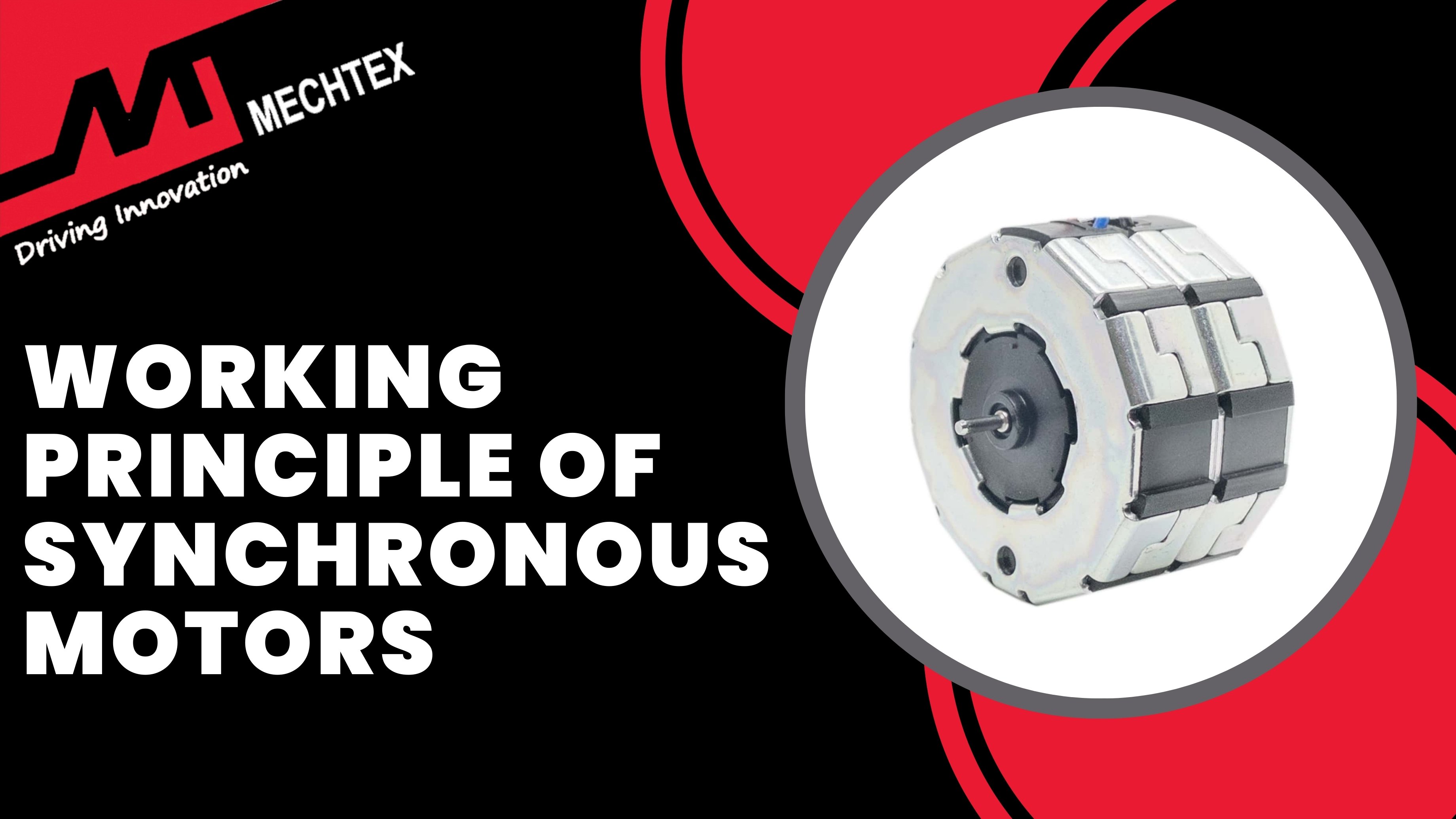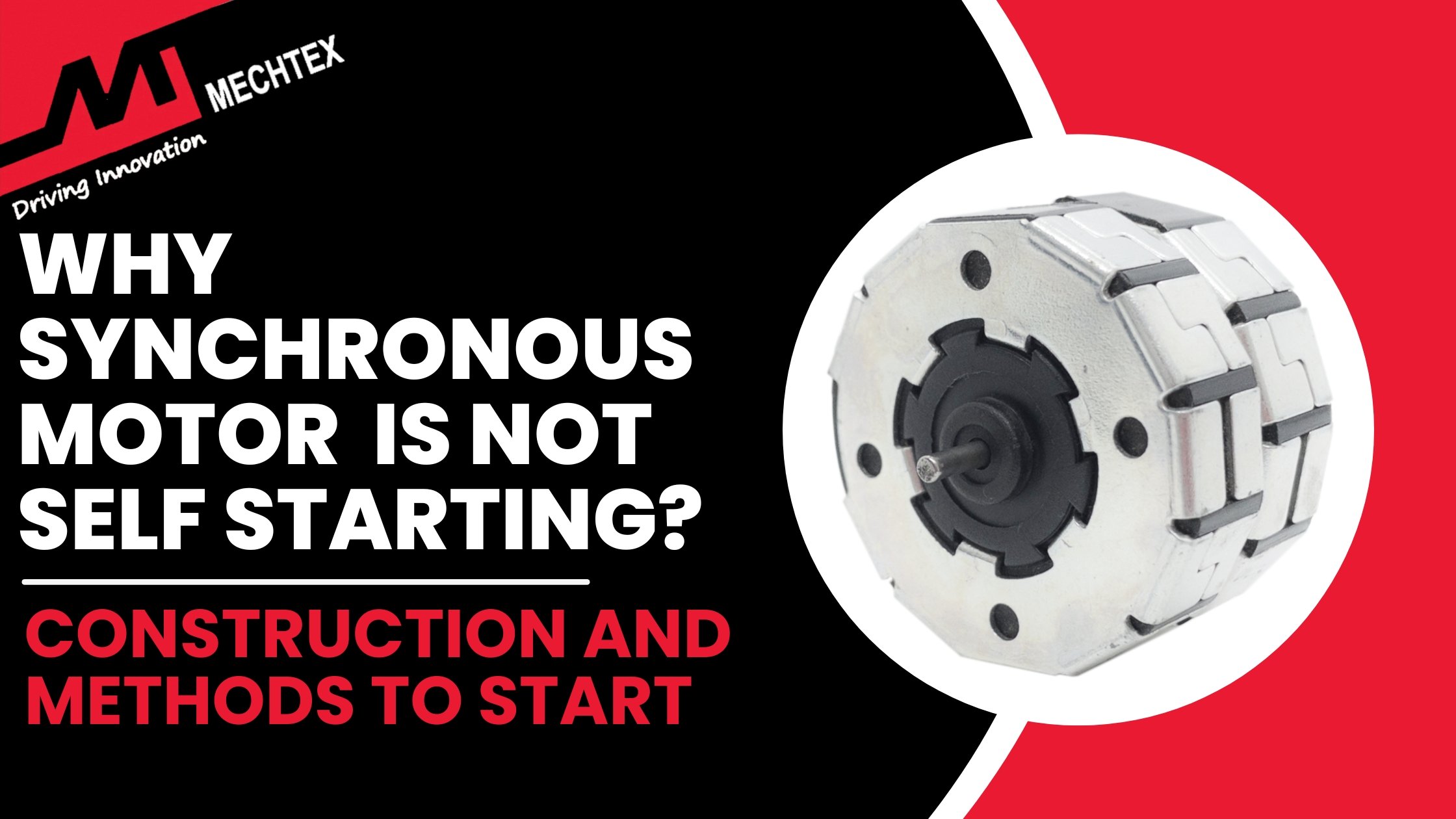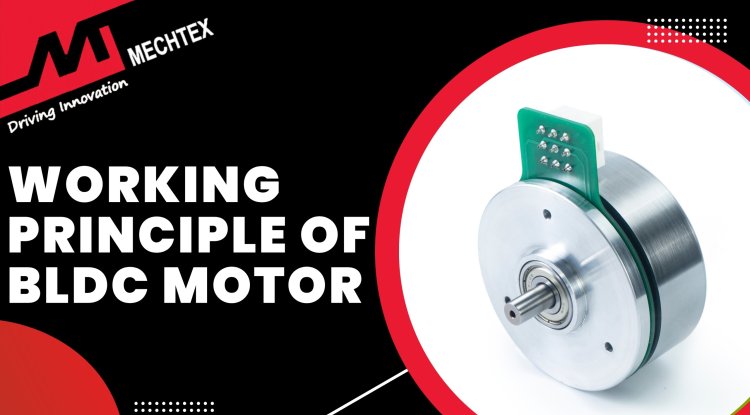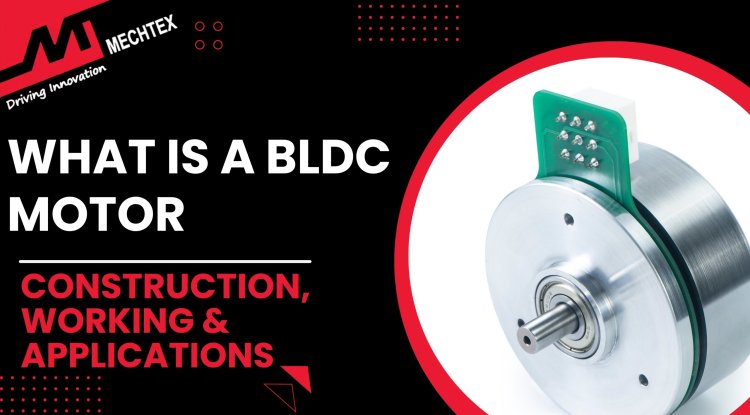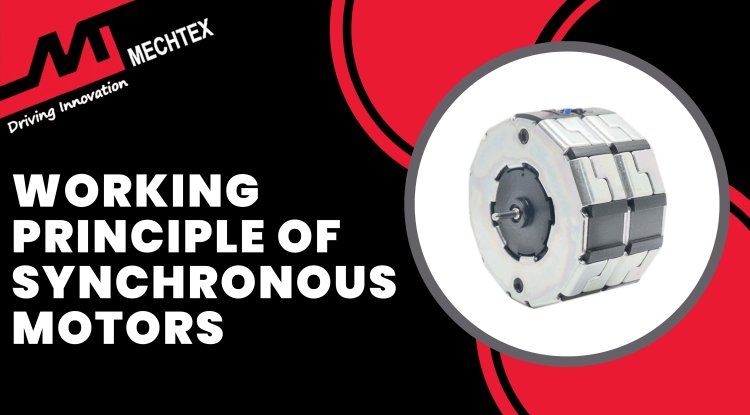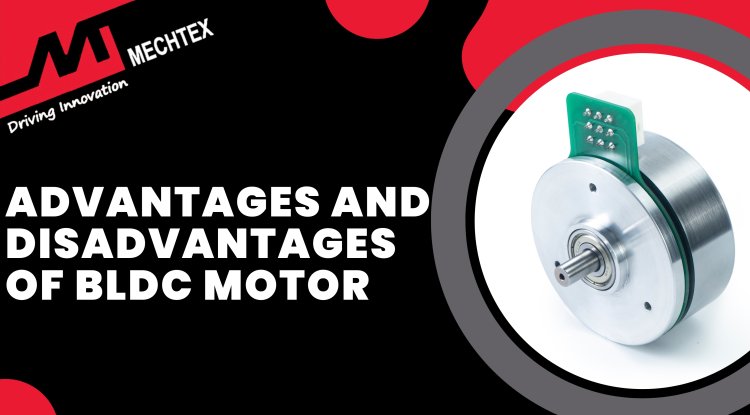Types of Synchronous Motors
Synchronous motors are a type of AC motor that operates at a constant speed with the frequency of the current supply. They can be broadly classified by their rotor’s construction, excitation methods, and applications.
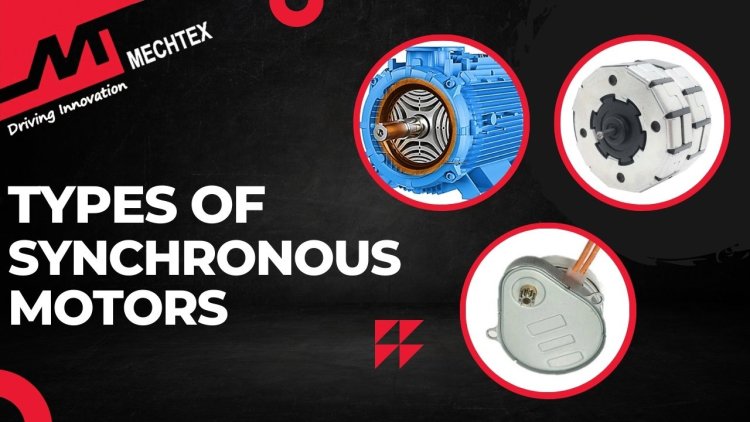
What is a Synchronous Motor
A synchronous motor is a type of AC motor that operates at a constant speed, synchronised with the frequency of the current supply. Unlike asynchronous (induction) motors, synchronous motors do not rely on slip to induce current in the rotor. Instead, synchronous motors are designed in such a way that the rotation of the rotor is directly related to the rotating field produced by the stator.
The construction of a synchronous motor includes two main components: stator and rotor. The stator is the stationary part of the motor which consists of the stator winding and is connected to the AC supply. When an AC current is supplied, the stator windings produce a magnetic field.
The rotor is the rotating part of the motor, it can be either a silent pole (for low speed applications) or a non-silent pole(for high speed applications).
The working principle of the synchronous motor is based on magnetism between the rotating field of the stator and the magnetic field of the rotor. When AC supply is given to the stator winding, it generates a rotating magnetic field. The speed of this rotating magnetic field is called synchronous speed and is determined by frequency supply and number of poles of the stator. The rotor is energised by the DC supply and produces a constant magnetic field.
Synchronous motors are not self-starting motors. To start these motors, an external means is required to bring the rotor close to synchronous speed. Once the rotor reaches its synchronous speed, it gets synchronised with the stator’s magnetic field to ensure the motor operates at synchronous speed irrespective of load.
Synchronous motors find their applications across various industries due to their constant speed and high efficiency. In industrial applications, they are used where constant speed and high torque are required such as compressors, blowers, and conveyors.
In power generation, synchronous motors are used as synchronous condensers to improve power factor and stabilize the power system. Synchronous motors are also commonly used in HVAC systems, pumps, and fans where maintaining a constant speed is required for consistent airflow and temperature control.
Also Read
What is a Synchronous Motor| Construction, Working Principle and Applications
Types of Synchronous Motor
The synchronous motor can be broadly classified by its rotor’s construction, excitation methods, and applications.
The main types of synchronous motors are:
Wound Rotor Synchronous Motor
Wound rotor synchronous motors are the most traditional type of synchronous motor, widely used in various types of industrial applications.
The defining feature of this synchronous motor is its rotor construction. Unlike other types of synchronous motors, its rotor contains wound field wire coils made up of copper wire. These coils are wound around the rotor core. When these coils are energised, it creates an electromagnet. The rotor also includes slip rings, which are connected to these windings and allow for DC supply to the field coils.
The working of the wound rotor synchronous motor starts with the excitation of the rotor. DC current is supplied to the rotor windings, through slip rings and brushes and creates a strong magnetic field within the rotor.
Simultaneously, the stator, which is connected to the three-phase AC power supply, produces a rotating magnetic field. As this field rotates, it interacts with the magnetic field produced by the rotor and causes the rotor to rotate at the same speed.
Wound rotor synchronous motors offer several advantages that make them suitable for various applications. They provide precise speed control, which is crucial in many industrial applications. These motors also boast efficiency when operating at rated load, contributing to energy saving in large applications. It also has the ability to operate as a leading power factor which makes it useful for power factor correction for various applications.
Permanent Magnet Synchronous Motor
Permanent magnet synchronous motor represents a significant advancement in electric motor technology. These motors have gained popularity across various industries due to their unique design and operational benefits such as high efficiency with excellent performance.
Unlike other synchronous motors that use electromagnets, permanent magnet synchronous motors use permanent magnets on the rotor. These magnets are made up of high-strength rare earth materials such as neodymium or samarium-cobalt. These magnets create a strong magnetic field without the need for external excitation.
The stator of the permanent magnet synchronous motor is similar to other AC motors. It contains winding that produces a rotating magnetic field. The interaction between the rotating magnetic field of the stator and the permanent magnetic field of the rotor results in smooth rotation of the rotor at synchronous speed.
One of the primary advantages of permanent magnet synchronous motors is their high efficiency. By eliminating the need for rotor winding and associated copper losses, these motors achieve high efficiency.
These motors are also known for their excellent performance. They offer rapid acceleration and acceleration which makes them ideal for servo applications that require precise speed control. Another significant benefit is their low maintenance requirement. The absence of slip rings and brushes which are common wear-and-tear items, reduces the need for regular maintenance.
Permanent magnet synchronous motors found their way into many household appliances where energy efficiency is necessary such as air conditioners, refrigerators, and washing machines. They are a key component in many electric and hybrid vehicles, providing the high efficiency and power density needed for automotive applications.
Reluctance Synchronous Motor
Reluctance synchronous motor is a unique and important type of synchronous motor. This motor operates on a principle distinct from other types of synchronous motors, which depend on magnetic reluctance to generate torque and movement.
The construction of a reluctance synchronous motor is characterised by its rotor design. Unlike other synchronous motors that use wound coils or permanent magnets in the rotor, the rotor of reluctance synchronous motor is made up of magnetically soft materials such as iron. It features a silent pole structure, with alternating regions of high and low reluctance.
The stator of the reluctance synchronous motor is similar to other AC synchronous motors. It contains windings that are energised with alternating current to produce a rotating magnetic field.
The working of these synchronous motors is based on the tendency of magnetic systems to minimise reluctance. When the stator’s rotating magnetic field is established, the salient pole rotor attempts to align itself with the stator’s magnetic field in a way that creates a path for the least magnetic reluctance. This alignment generates the torque. As the stator field rotates, the rotor continuously seeks the minimum reluctance and results in sustained operation.
One of the key advantages of reluctance synchronous motors is their simple design. The absence of rotor windings or permanent magnets makes it robust and reduces manufacturing costs. These motors also offer high efficiency at high speed. The lack of rotor winding is a significant source of power loss which makes reluctance synchronous motors a popular choice for applications where energy efficiency is necessary.
Reluctance synchronous motors are used in diverse applications. They are traditionally used in textile machines where precise speed is paramount. They are also found in various pumps, and fans where their efficiency at higher speeds can be advantageous.
Hysteresis Synchronous Motor
Hysteresis synchronous motors are a unique and specialised type of three-phase synchronous motor. These motors operate at the principle of magnetic hysteresis, which sets them apart from the other types of synchronous motors.
The construction of a hysteresis synchronous motor is simple. The stator is similar to other types of AC synchronous motors and consists of polyphase windings. However, the rotor is truly different from other synchronous motors. It is made up of hard magnetic materials such as chrome or cobalt steel alloy. This rotor composition is important for its operation and performance.
The working of the hysteresis synchronous motor is based on the magnetic hysteresis of rotor material. When the stator generates a magnetic field it continuously magnetises and demagnetizes the rotor material.
Due to the nature of magnetic hysteresis, there is a lag between the applied magnetic field and the resulting magnetic flux in the rotor. This lag produces a constant torque that causes the rotor to follow the stator field synchronously, giving the motor its defining operational speed.
One of the most notable advantages of hysteresis synchronous motors is their smooth operation. They provide constant torque with minimum vibrations resulting in smooth and quiet rotation. Another notable advantage of these synchronous motors is they are self-starting. They can start and accelerate to synchronous speed while under load, without the need for additional starting mechanisms.
The applications of hysteresis synchronous motors are diverse and found in applications that require constant speed, smooth operation, and low noise.
Hysteresis synchronous motors are used in clock and timing devices where their ability to maintain constant speed is crucial. These synchronous motors are also found in small fans and blowers where quiet operation is essential. They are found in medical equipment where their smooth operation and constant speed capability are valuable attributes.
Conclusion
Each type of synchronous motor has its own set of advantages and limitations, making them suitable for different applications. Factors such as starting requirements, efficiency needs, speed control precision, power factor control, and load characteristics all play a role in selecting the appropriate type of synchronous motor for a given application.
